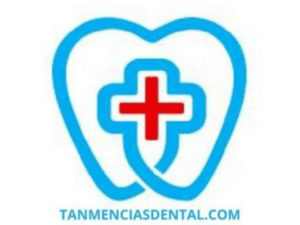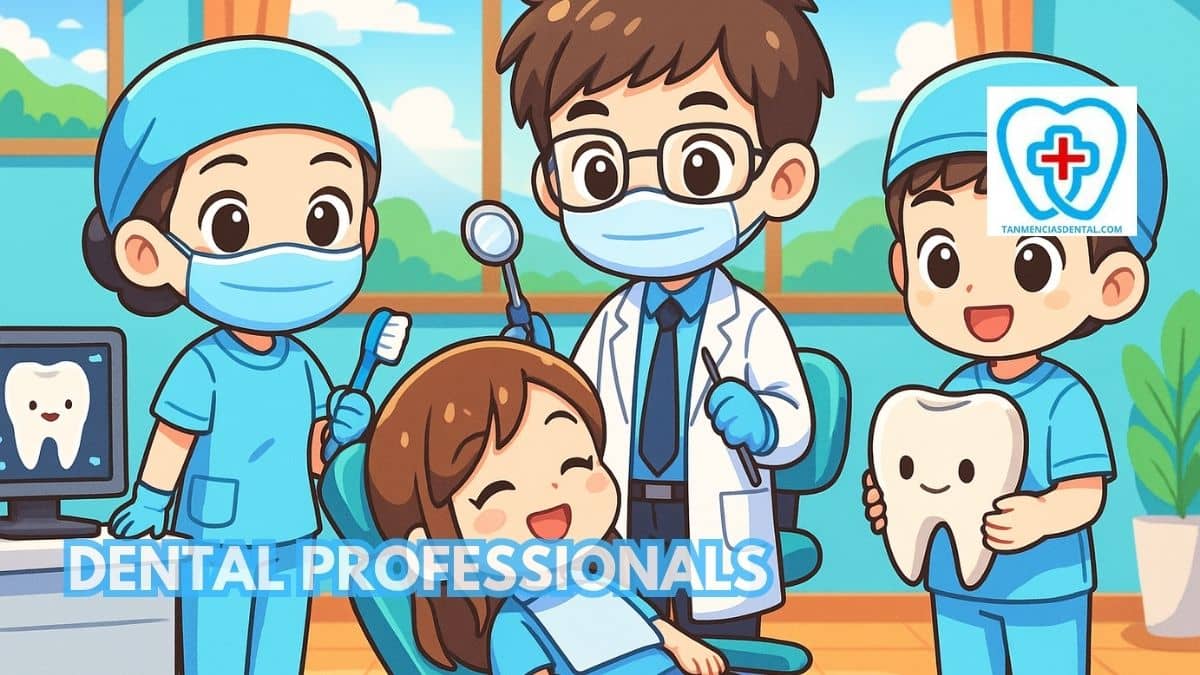Dental professionals today are moving beyond just treating cavities or cleaning teeth.
They use new tools and methods to help improve patient care and oral health.
Many dentists now focus on preventive care to stop problems before they even start.
They also pay close attention to how dental health connects to overall body health.
These changes are making dental care more accessible, affordable, and effective for everyone.
1. AI-Enhanced Diagnostics And Personalized Treatment
Dentists now use artificial intelligence to better detect problems like tooth decay and gum disease.
AI-powered software carefully checks dental X-rays and scans, quickly spotting tiny issues that human eyes might miss.
By identifying issues sooner, dentists can provide care tailored to each patient’s unique needs.
Personalized treatments result in shorter, less painful appointments and faster recovery times.
AI tools allow dentists to make smarter choices and help patients maintain healthier teeth for longer periods.
🦷 Do You Brush Your Teeth After Whitening Strips?
2. Teledentistry For Remote Consultations And Care
Teledentistry means dental professionals can offer online consultations to patients who live far away or have trouble traveling.
Dentists use video calls to answer questions, check oral health, and recommend next steps for treatment.
Patients benefit because they can easily access dental advice from their homes, especially if transportation is limited.
Teledentistry helps dentists treat more people, including those in rural or underserved areas.
This technology ensures people receive timely care, preventing minor issues from becoming serious.
🦷 Why Regular Dental Cleanings Are Essential
3. 3D Printing Of Customized Dental Appliances
Dental professionals use 3D printers to make precise, custom-fitted appliances like crowns, bridges, dentures, and braces.
These devices are created faster and more accurately compared to traditional methods, which means fewer follow-up visits.
Patients feel more comfortable because 3D-printed dental devices fit perfectly into their mouths.
Dentists appreciate the flexibility to quickly produce replacements or adjustments if needed.
Overall, 3D printing helps patients get effective dental appliances without long waiting times.
🦷 How Do Dentists Fix Chipped Teeth?
4. Robotic-Assisted Precision Dental Surgeries
Robotic technology helps dentists perform complex surgeries with higher accuracy.
Dental professionals control robotic tools during procedures like implant placements or oral surgeries, ensuring every step is exact.
Robots reduce human errors, making surgeries safer and improving patient outcomes.
Because robotic assistance allows for smaller incisions and less tissue damage, patients recover faster and experience less pain.
This innovation makes complex treatments more predictable and less stressful for patients and dental teams alike.
🦷 Are Electric Toothbrushes Waterproof? Don’t Let the Truth Shock You!
5. Regenerative Medicine For Tissue Restoration
Dentists are using regenerative medicine techniques, such as stem-cell treatments, to heal damaged oral tissues naturally.
Instead of relying only on artificial replacements, these treatments encourage the body’s own cells to repair gums, bone, and even teeth.
This method can significantly shorten healing times and reduce patient discomfort after procedures.
Regenerative therapies help restore oral health more naturally and effectively than older methods.
Patients benefit from less invasive treatments and better long-term results for their oral health.
🦷 How Soft Foods After Wisdom Teeth Removal Speed Up Your Recovery
6. Smart Toothbrushes And AI-Driven Patient Education
Smart toothbrushes now guide users in brushing correctly by tracking how well and how long they brush their teeth.
These brushes connect to smartphone apps that show patients areas they might miss and give helpful improvement tips.
Dentists can use this information to offer tailored advice, helping patients learn good brushing habits.
This interactive approach helps people understand why proper oral care is important, encouraging them to improve their daily routines.
Patients become more motivated and actively involved in maintaining their oral hygiene.
🦷 How to Close Gaps in Your Teeth Without Braces
7. Patient-Centered, Preventive Oral Health Care
Dental professionals increasingly focus on preventing oral health issues before they start.
Regular dental checkups, teeth cleanings, and patient education sessions are part of this proactive approach.
Dentists carefully explain how daily habits, diet, and lifestyle can impact oral health, motivating patients to make positive changes.
This preventive strategy helps avoid painful treatments and reduces overall dental costs for patients.
Emphasizing prevention makes dental care easier, more affordable, and less intimidating.
🦷 How Long Can You Go Without Brushing Your Teeth?
8. Collaboration With Digital Innovation And Public Health
Dental professionals now work closely with technology companies, health organizations, and community leaders to improve public dental care.
Together, they develop tools that help track oral health trends, target areas with specific needs, and plan community interventions.
Digital tools also make it easier to educate large groups of people about oral hygiene practices.
Collaborative efforts have helped reduce dental health disparities, ensuring that more communities receive consistent care.
These partnerships are essential for improving oral health for everyone, especially underserved populations.
🦷 How Can You Whiten Your Teeth With Braces?
9. Technology-Driven Practice Management And Analytics
Many dental offices now rely on digital systems to manage patient information, appointments, and billing smoothly.
Technology helps dentists track treatment effectiveness and patient satisfaction using data analytics.
These insights allow dental professionals to continuously improve how they deliver care and streamline office operations.
Better-organized practices mean shorter waiting times, clearer communication, and improved patient experiences.
Ultimately, technology-driven management helps dental practices become more efficient and patient-friendly.
🦷 How to Safely Remove Food Stuck in the Wisdom Teeth Hole Without Damaging the Healing Site
10. Focus On Oral-Systemic Health Connections
Dental professionals increasingly emphasize the connection between oral health and overall body health.
They inform patients that gum disease and tooth decay can increase risks for conditions like heart disease, diabetes, or infections.
By teaching patients about these connections, dentists help them understand why regular dental care is vital to general wellness.
This awareness motivates patients to pay closer attention to their oral hygiene and schedule regular dental checkups.
Dentists now play a larger role in supporting patients’ overall health, not just their teeth and gums.
🦷 Reputable Dentist in Marikina
👨⚕️ Conclusion
Dental professionals are continuously improving patient care by adopting new technology, preventive strategies, and effective treatments.
Their work helps make dental care simpler, quicker, and more affordable for everyone.
Patients today experience less discomfort, faster recovery, and better long-term outcomes due to these advancements.
By staying ahead of changes in dental practice and innovation, these professionals ensure oral care continues to evolve positively.
In the end, their efforts help individuals and communities achieve healthier lives through improved oral health.
😊 Self-Promotion
Come visit us at Tan-Mencias Dental Clinic, located at 44 G. Del Pilar Street, Parang, Marikina City.
We offer friendly, caring dental services to help keep your smile healthy and bright.
If you have any questions or want to book an appointment, you can call us at 0917-145-1074.
You can also send us a message through our Facebook page or use the contact form on our website.
We’re always happy to help and look forward to seeing you soon!

